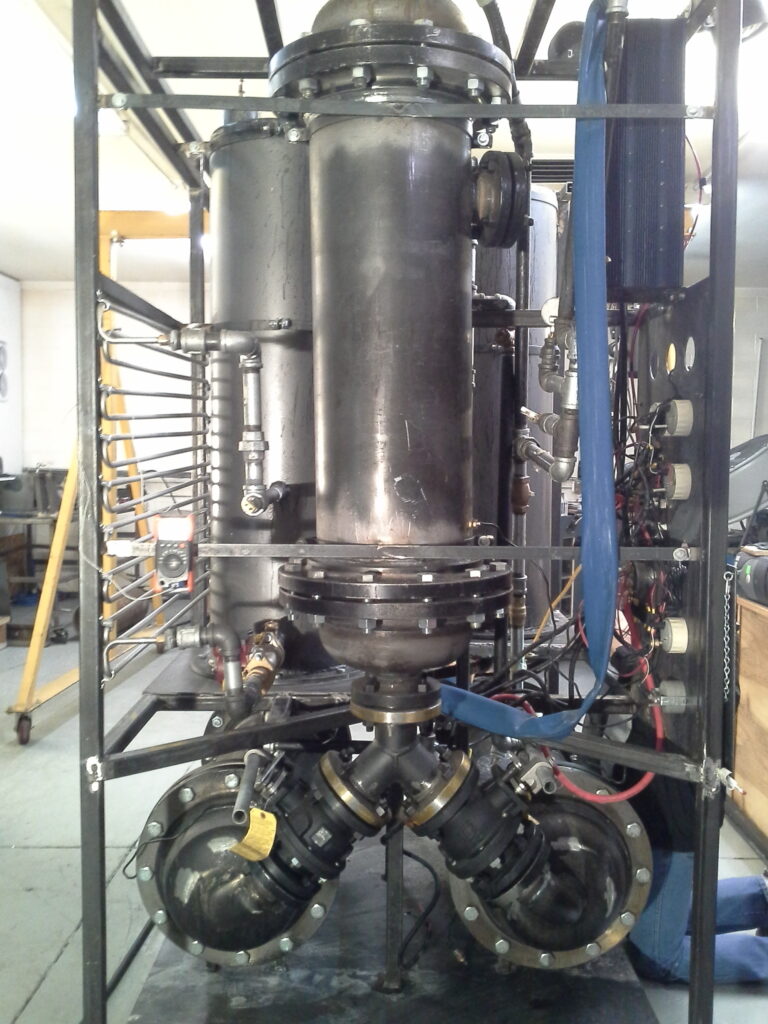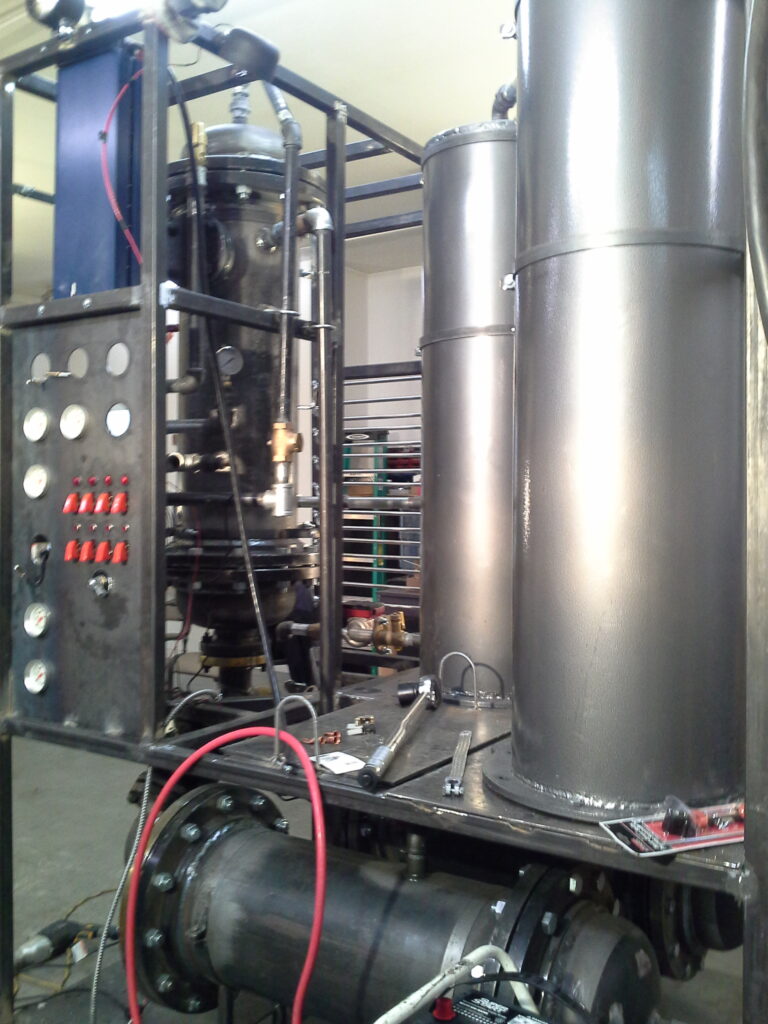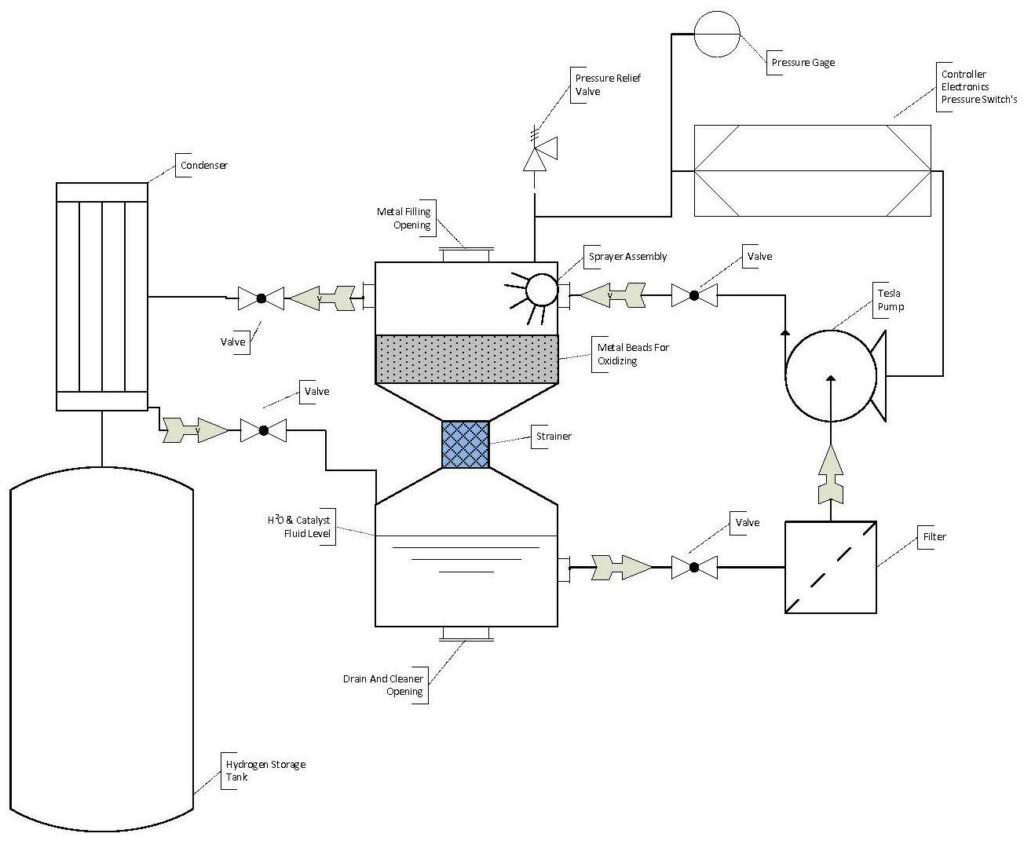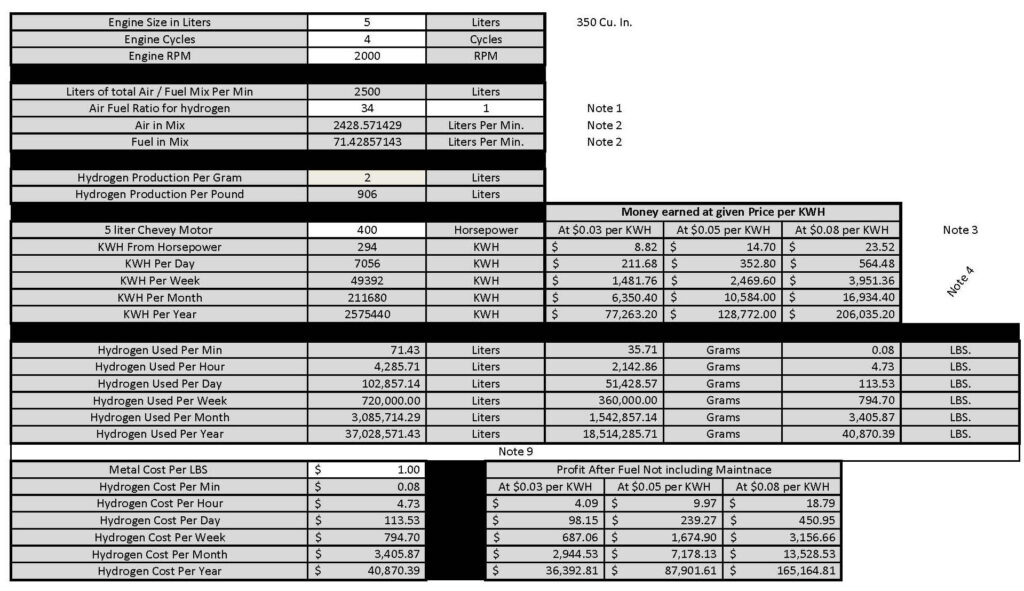Hydrogen System

We design and build hydrogen production systems. Our HES (Hydrogen Energy Systems) are for markets where power is too expensive or fuel is hard to transport. Over time, we also envision this technology expanding into the Common Market. In approximately five years, we believe people worldwide will power their homes from our systems. No longer will they need to be connected to the local power grid, except to sell the power back to the grid operator.
Pyrogen Energy is the solution to energy production challenges and waste-disposal problems. The solution to the problem of affordable fuel and power is using technology that generates power 24 hours a day — without needing expensive fuels to operate. We provide exactly that with our Hydrogen generator.
Our system generates copious amounts of Hydrogen from a chemical reaction between water, aluminum, and a patented catalyst. Our technology and the team behind it has the know-how and means to move away from the problems plaguing traditional fossil fuels — which include, pollution, grid failures, and security — by moving to a renewable source.


Hydrogen Generation
At the core of our system is our hydrogen-generation process. As you do your due diligence in evaluating our services and products you will see the biggest set-back to moving to a hydrogen economy is the ability to store usable hydrogen for the conversion into energy. At present, it is expensive to generate and store enough of it for practical use. Our system does not have this set-back; we only store a small amount of hydrogen at a time. Our system is based on production on demand.
We use a chemical reaction controlled by the system to produce hydrogen only as needed for the power generation requirements of the system. There is no need to have a large storage facility that takes up valuable real estate or unnecessary dangerous conditions.
We use a chemical reaction process, so we do not need to add any energy into the system. We do this by adding only water, aluminum, and a catalyst into the system. The catalyst allows the oxygen atom in the water molecule to bind to the aluminum, thus freeing the two hydrogen atoms quickly. We control the system by controlling the combination of the aluminum, water, and catalyst. Our technology has built in fail-safes to avert system failure, including an automatic off state and emergency pressure relief valves.


